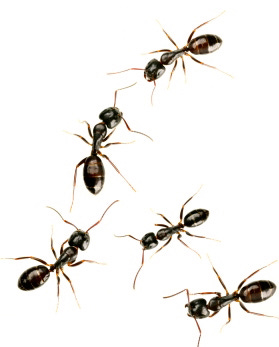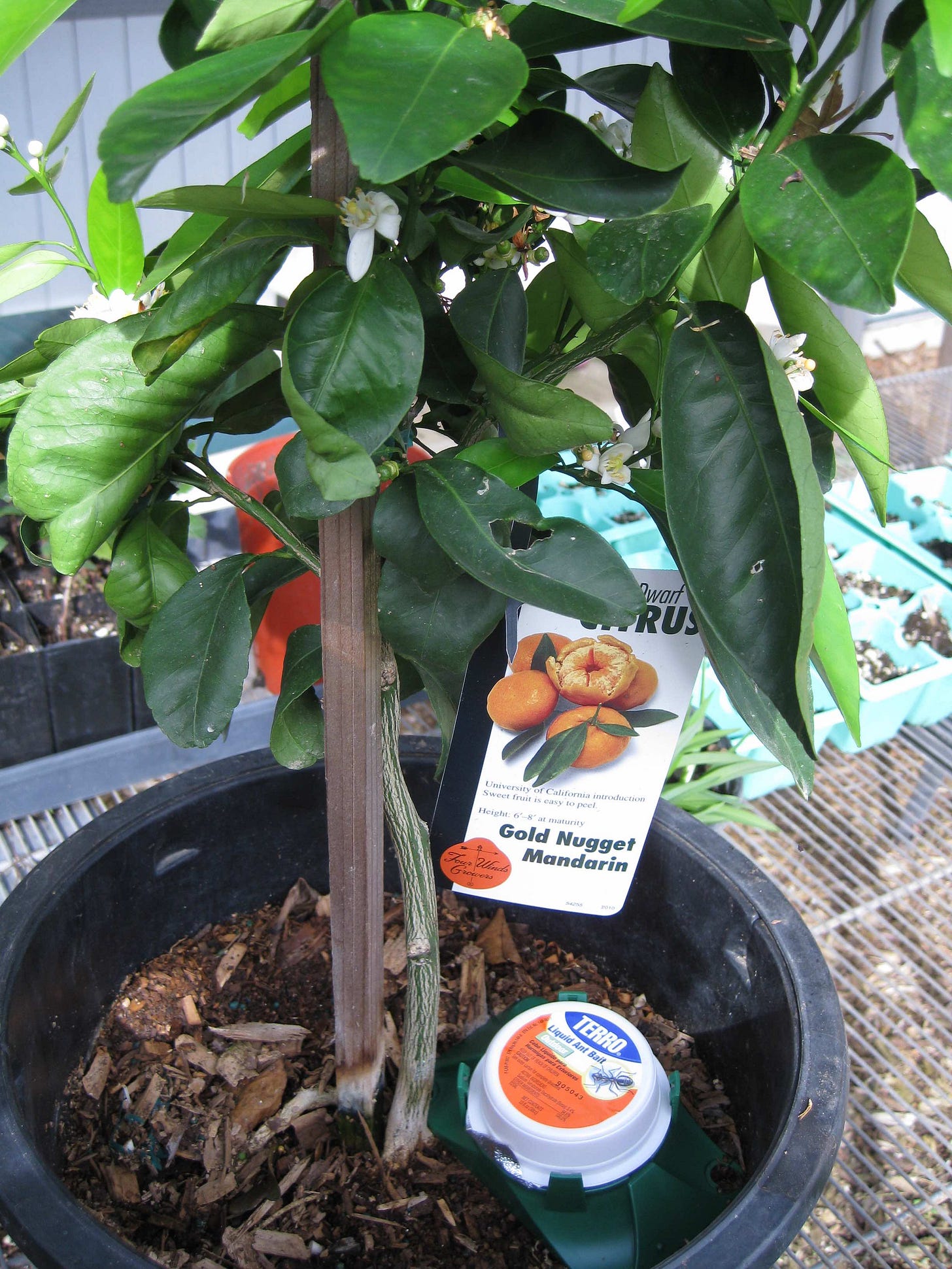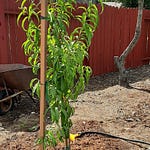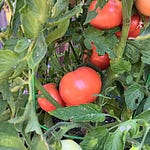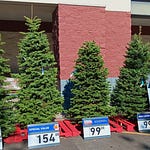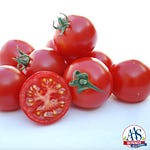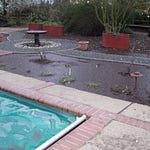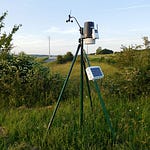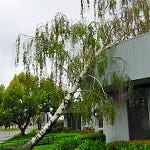The recent bout of colder, wetter weather means ants have begun their march towards the warmth and comfort of your house, greenhouse or outbuildings. In today’s newsletter podcast, America’s Favorite Retired College Horticulture Professor, Debbie Flower, lists many ways to control ant populations, both indoors and outdoors, including her home recipe for lethal outdoor ant bait:
1 part boric acid (1 teaspoon, e.g.) - available at most garden centers
9 or 10 parts sugar (9 or 10 teaspoons sugar)
Add enough water to make a slurry.
Put slurry in a small container, tuna can size.
Add 2 or 3 cotton balls and rotate them until they are completely covered in the slurry.
Put a lid on the container. Lid must have holes big enough for ants to crawl through (about 1/8”).
Bury in soil so lid is at soil level.
Leave it alone. You won't see dead ants. They visit, take the bait back to the colony, and kill the entire colony.
Commercial boric-acid ant baits are available, as well, for placing near outdoor plants where you see ants climbing up and down, herding aphids or gathering nectar.
A word of praise for ants.
Ants are a beneficial part of any successful garden. According to “Ants Are Ecologically Beneficial”, a publication of Iowa State University:
“It is hard to imagine any other insect or animal that has a more important and positive impact on the terrestrial environment that sustains us. Ants are among the leading predators of other insects, helping to keep pest populations low. Ants move approximately the same amount of soil as earthworms, loosening the soil in the process and increasing air and water movement into the ground. They keep the ecosystem clean of dead insect carcasses and aid in the destruction and decomposition of plant and animal matter. By carrying bits of plants and animal remains into their nests, the soil is fertilized, and nutrients recycled through the world’s ecosystems. They carry seeds and help plants disperse into new areas.”
However, as any gardener will swear, there are a couple of double-edged swords in that statement. Ant tunnels beneath the surface of a garden bed could move water too quickly to lower levels, making it unavailable to plant roots, especially in sandier soils. The solution for that: mix in compost on a regular basis. And those plant seeds that ants can disperse into new areas? There might be weed seeds in that mix. Yet another reason to own a long-handled hoe.
It’s when ants start invading your house that homeowners need to act.
Homeowners might reach for the spray can to douse those little scavengers. Many of those spray pesticides are only effective with direct contact on the ants. In addition, the stronger sprays, with residual action to thwart the next wave of ants, are potentially harmful to you, your children, and your pets.
Here are some more modern, family-friendly indoor ant control methods from the University of California Ag and Natural Resources’ “Home, Garden, Turf, and Landscape Pests” publication, “Ants”:
• Find where the ants are entering the house, then caulk any cracks and crevices both indoors and out.
• Wipe up ant trails with soapy water when you see them.
• Store food that is attractive to ants in closed containers.
• Ant-proof kitchen garbage pails with sticky barriers like petroleum jelly.
• Clean up grease and spills, pet food, and other possible food sources for ants.
• Place pet food dishes in a moat of water with a drop of dishwashing liquid. The soap will keep the ants from floating.
• If you decide to use a pesticide, choose prepackaged or refillable bait stations instead of sprays. Place them near ant trails and nest openings. Ant bait stations take time to work. It can take five to 10 days before you start seeing fewer ants. In the meantime, keep washing away the ant trails.
In my experience, weak liquid boric acid combined with water in specially designed, refillable ant bait stations have proven effective, if given time. Boric acid powders and outdoor refillable ant bait stations are also available for outdoor ant control, especially if they have taken up residence in a long-neglected mulch pile of chipped/shredded tree parts. You’ll discover them in your first shovel full when you finally get around to using that mulch. Put down the shovel and pick up the powdered boric acid. Sprinkle it on the mulch pile and turn it into the middle of the pile. The ants will find it. But give them a couple of weeks before you return to that mulching task.
Around the outer foundation of the house, the UC Integrated Pest Management team reports that several refillable bait stations are recommended, including the Ant Café, Antopia, Ant-No-More, and KM AntPro.
A slow, but effective way to control Argentine ant populations is with a diluted, liquid boric acid product in a reusable ant bait station. Place the station outdoors near foundations where you see ants on the march.
Thank you, also, for listening to the Garden Basics with Farmer Fred podcast! It’s available wherever you get your podcasts. Please share it with your garden friends.
As an Amazon Associate, I earn from qualifying purchases from some of the underlined links in the newsletter. This is how I am trying to keep this a free newsletter. And as long as you buy whatever you want from Amazon using any of those links to get into the Amazon site, I get a few pennies. Thank you.
Fred Hoffman is also a University of California Cooperative Extension Master Gardener in Sacramento County.



